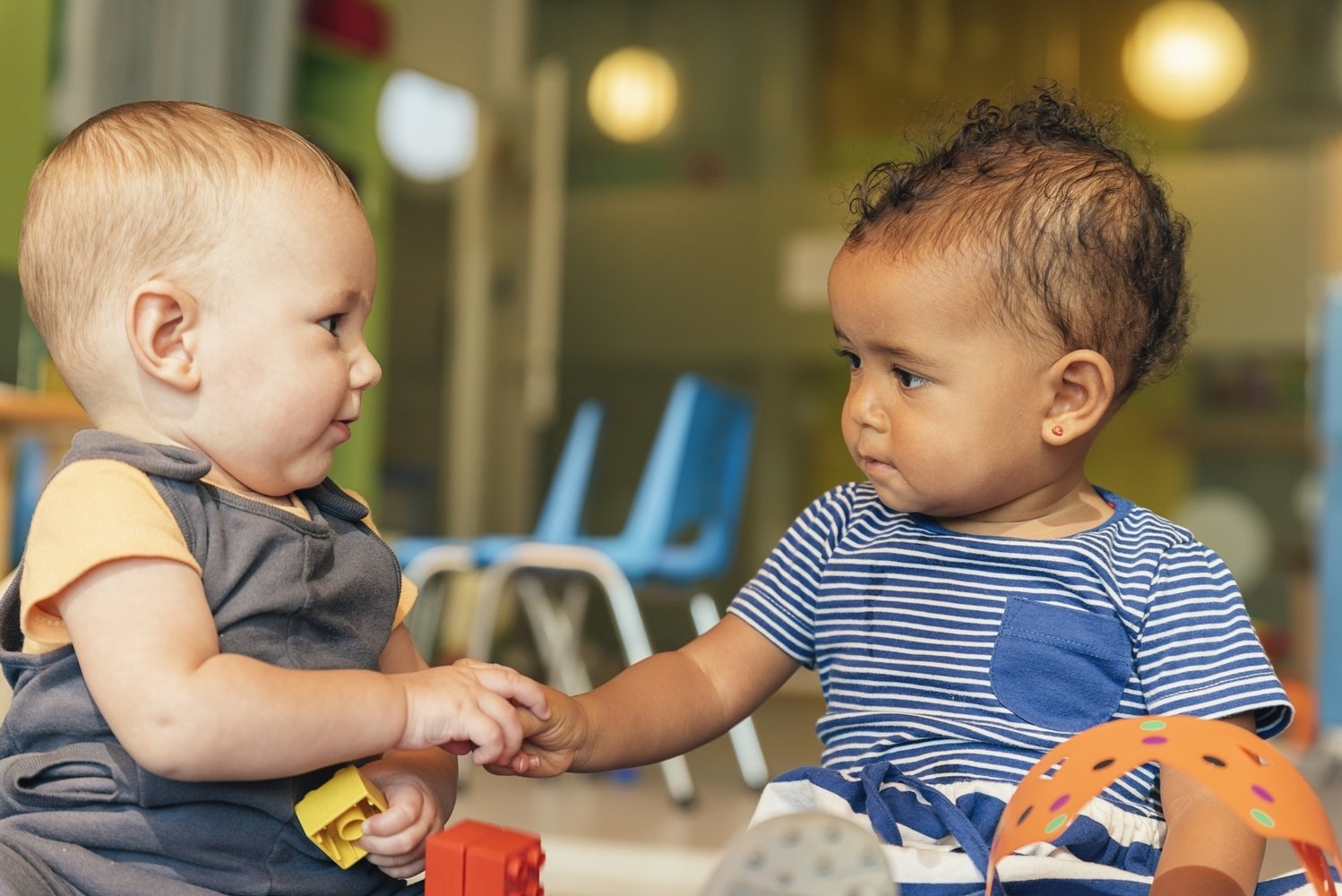Child Development in the Era of Social Distancing
Child development is a multidimensional process influenced by environmental, social, and emotional factors. The COVID-19 pandemic brought unprecedented changes to children’s lives, especially with the enforcement of social distancing measures. Schools closed, playgrounds emptied, and social interactions dwindled. While these measures were necessary to curb the spread of the virus, they also created significant challenges in the development of children across cognitive, emotional, and social domains. This essay explores how social distancing has shaped child development, the challenges it presents, and the strategies to mitigate its effects.
1. The Impact of Social Distancing on Child Development
Cognitive development involves learning, problem-solving, and critical thinking. With traditional schooling disrupted, children were forced into online learning environments, leading to varied outcomes. While digital learning tools provided some continuity, disparities in access to technology left many children struggling with their education. Reduced interaction with teachers and peers also hindered experiential learning, affecting language development, creativity, and problem-solving skills.
Social distancing led to increased feelings of isolation, anxiety, and stress among children. The lack of interaction with friends and extended family members contributed to emotional distress, while the abrupt changes in routine led to uncertainty and behavioral shifts. Many children exhibited symptoms of depression, irritability, and sleep disturbances due to prolonged confinement.
Children learn essential social skills through interaction. The pandemic-induced restrictions on socialization disrupted the development of communication, teamwork, and conflict-resolution skills. Limited peer interaction hindered opportunities for role-playing, cooperation, and emotional intelligence development. Consequently, some children exhibited delayed social maturity and difficulty adjusting to group settings post-pandemic.
2. Challenges Faced During Social Distancing
Remote learning exposed stark inequalities. While some children thrived with personalized learning at home, others struggled due to limited access to digital devices and the internet. Children from low-income families faced significant educational setbacks, widening the existing learning gap.
With limited outdoor activities and virtual schooling, children's screen time increased drastically. Excessive exposure to screens affected attention spans, sleep patterns, and physical health. Many children developed dependency on digital entertainment, leading to sedentary lifestyles and reduced physical activity.
Parents became primary caregivers and educators overnight, leading to increased stress and burnout. Balancing work-from-home responsibilities with their children's academic and emotional needs became overwhelming. The lack of external support systems, such as daycare and extended family, compounded these challenges.
3. Strategies to Support Child Development in a Socially Distanced World
 To counter learning setbacks, digital education platforms should incorporate interactive and engaging content. Schools and parents must ensure a balanced approach to online education, including breaks and offline activities that stimulate critical thinking and creativity.
To counter learning setbacks, digital education platforms should incorporate interactive and engaging content. Schools and parents must ensure a balanced approach to online education, including breaks and offline activities that stimulate critical thinking and creativity.
While physical distancing remains a concern in certain situations, encouraging virtual playdates, outdoor activities, and structured interactions can help mitigate social developmental delays. Parents should facilitate safe peer engagements through small-group activities in controlled environments.
Children require emotional support to navigate the uncertainties of a pandemic-affected world. Parents and caregivers must create open communication channels, validate children's emotions, and encourage activities that promote emotional intelligence, such as storytelling, journaling, and role-playing exercises.
To reduce excessive screen exposure, structured schedules incorporating physical exercise, reading, and creative play are essential. Encouraging outdoor activities, even within safe and restricted spaces, can support overall well-being.
Quality time between parents and children fosters a sense of security and emotional balance. Activities such as board games, shared hobbies, and storytelling sessions can create strong family bonds, reducing the adverse effects of isolation.
4. The Future of Child Development Post-Pandemic
Post-pandemic education will likely embrace a hybrid model combining online and offline learning. Institutions must develop innovative teaching methodologies to cater to varied learning needs while ensuring inclusivity.
Schools, communities, and policymakers should prioritize mental health programs for children affected by prolonged isolation. Access to counseling services, peer support groups, and emotional wellness programs will be crucial in addressing post-pandemic anxiety and depression.
As children reintegrate into social settings, schools and parents should facilitate structured social activities that promote teamwork, communication, and emotional intelligence. Encouraging participation in group projects, team sports, and creative arts can help rebuild lost social competencies.
The pandemic highlighted the importance of adaptability in parenting. Moving forward, caregivers must incorporate flexibility, resilience-building, and proactive emotional engagement in their parenting styles. Parenting workshops and community support networks can aid in this transition.
Conclusion
The era of social distancing has undeniably shaped child development in profound ways. While the pandemic introduced numerous challenges, it also presented opportunities for innovative learning, enhanced family bonding, and increased resilience. Moving forward, a collective effort from parents, educators, and policymakers is required to address developmental gaps and foster a holistic, well-rounded upbringing for children. By implementing effective strategies, we can ensure that children emerge from this experience stronger, more adaptable, and better equipped for the future.
References
- American Academy of Pediatrics – Impact of COVID-19 on Children
- Harvard Center on the Developing Child
- World Health Organization – Mental Health and COVID-19
- The National Child Traumatic Stress Network
- Child Mind Institute – Managing Anxiety in Kids
- Centers for Disease Control and Prevention (CDC) – Child Development
- National Institute of Child Health and Human Development
- Johns Hopkins Medicine – Children’s Emotional Health
- Pew Research Center – Digital Divide in Education








































